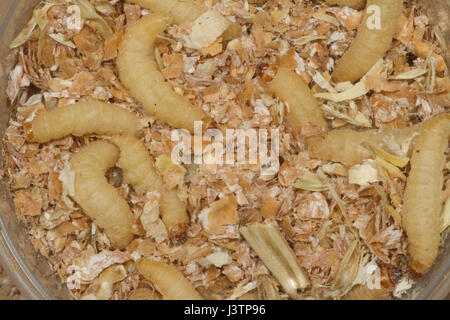


“For plastic to degrade, oxygen must penetrate the polymer (the plastic molecule). Researchers at SUNY Plattsburgh, in New York, have also found wax worms eat plastic. The results of the work appears in the BioRxiv online archive. These enzymes are the first and only known enzymes capable of degrading polyethylene plastic without requiring pre-treatment, according to Federica Bertocchini, the lead CSIC researcher at the CIB-CSIC (Centre for Biological Research) who led the study in Spain. Its saliva contains enzymes that can rapidly set off polyethylene degradation at room temperature. This is excellent direction for recycling plastic waste before it breaks up into tiny bits and enters our waterways and lungs.Ī team of CSIC researchers discovered that this worm species from the moth family (the lepidopteran Galleria mellonella) is able to break down pstic (polyethylene). Spanish scientists reported back in 2017 that wax worms, larvae of a moth that eats bee wax, can eat plastic and now their research shows just how: through worm saliva. Give millions of larvae something to chew on and we solve our plastic crisis at the dump? Jump to the bottom of this story to try your own plastic-eating worm experiments at home. It’s a dream come true for zoologists and environmentalists: researchers around the world have discovered that a number of worms, larval forms of insects to be more precise, are expert plastic eaters and the clue is in their spit.


 0 kommentar(er)
0 kommentar(er)
